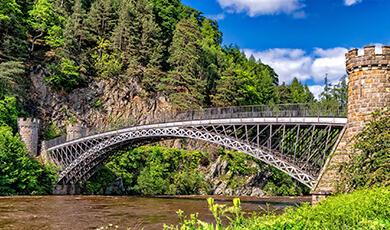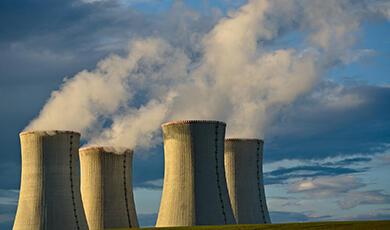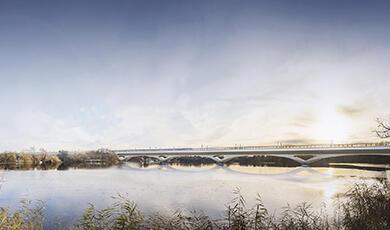Press release: the Role of Nuclear in a Net Zero

Nuclear energy has ‘the lowest’ carbon footprint, lower even than renewables
Nuclear planned to increase to 25% of the UK’s power mix to achieve Net Zero
Factors preventing this increase include financing and complex, non-modular reactors
Embargo: 19 April 7pm
I would like to invite you to a Gresham lecture on the Role of Nuclear in a Net Zero system by Dame Sue Ion on 19 April. In her lecture Ion, who is the Hon President of the National Skills Academy for Nuclear, will explore current global (10% - expected to grow to 15%) and UK use of nuclear power and how the UK expects to expand nuclear power production along with renewables as part of energy decarbonisation.
“According to the United Nations Economic Commission for Europe (UNECE) 2022 report, nuclear power has the lowest carbon footprint at 5.1g-6.4gCO2eq/kWh with wind energy not much more at 8g-13gCO2eq/kWh and is four times better than solar energy, the two principal sources of low carbon renewable energy. It is a compact efficient energy source with low land use. It is proven over many decades at industrial scale and has the added benefit of being able to provide low carbon heat as well as electricity."
She will talk about how the UK government strategy - following Russia’s invasion of Ukraine - envisages expanding nuclear to 25% of our power mix, and will explain how most of the UK’s nuclear infrastructure will be decommissioned in the next 10 years. She will go on to look at why the UK has struggled to build new nuclear power plants and at what the remedies might be.
“However, the engineering and commercial challenges associated with delivering the policy makers' aspirations should not be underestimated. Back in 2010 the Royal Academy of Engineering produced a report Generating the future: UK energy systems fit for 2050’, estimating what would be needed to deliver an 80% reduction in carbon emissions by 2050 which was of course the original target rather than net zero. Neither the renewable targets nor those for nuclear energy are anywhere close to being in met. In fact to date NO new nuclear capacity has been added to the grid.”
One of the reasons we have struggled to build new nuclear is the cost, which if privately financed rather than by government bonds, escalates quickly with compound interest. The government’s plans to reclassify nuclear as environmentally sustainable will help it gain more competitive financing, Ion will say.
The UK – and other countries – are planning to move to modular Small and Advanced Modular Reactor technologies (SMRs and AMRs), some of which can be 90% built in a factory. These smaller reactors – from 1/3 to 1/400 of the size of Hinkley Point C, cost much less too - £1-2bn compared to £25bn for Hinkley Point C.
ENDS
Notes to Editors
You can sign up to watch the hybrid lecture online or in person; or email us for an embargoed transcript or speak to Dame Ion: l.graves@gresham.ac.uk / 07799 738 439
Read more about Dame Sue Ion
Sign up to our monthly newsletter here to get advance notice of our events.


 Login
Login



